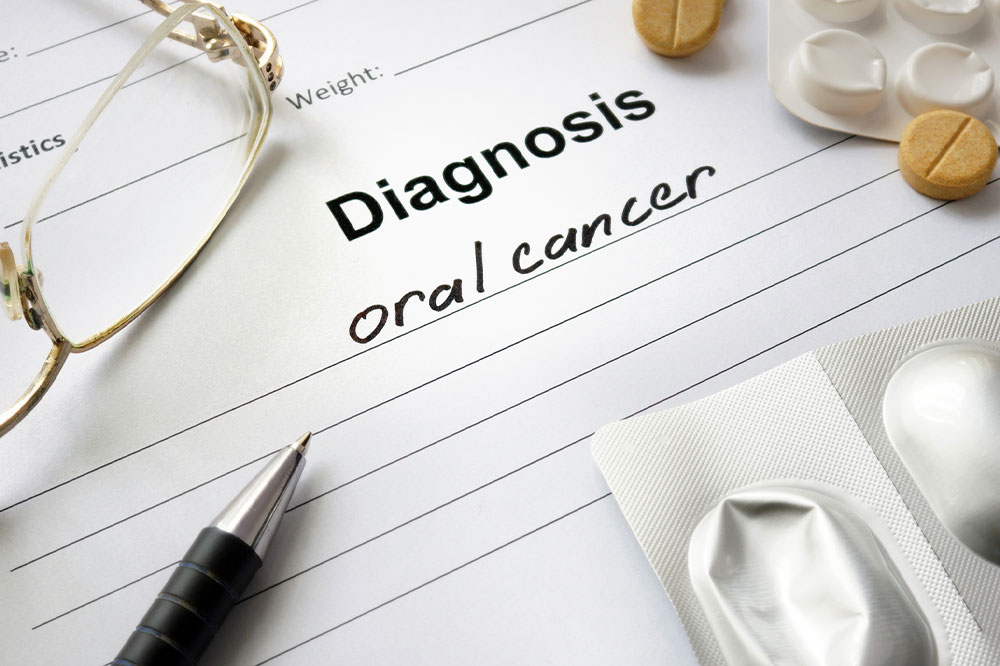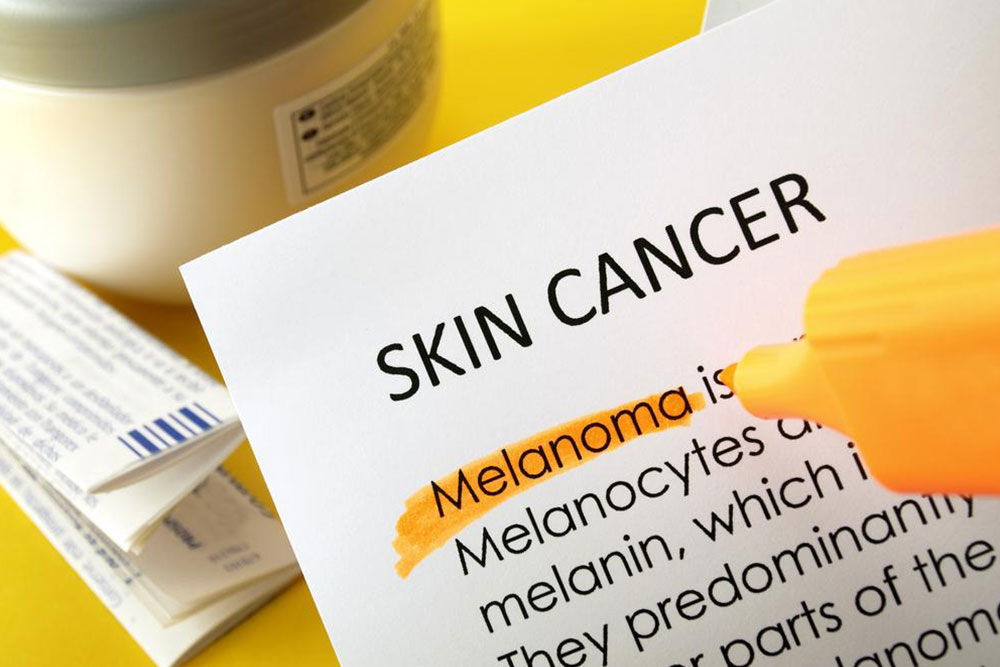Early Detection and Management of Mouth Cancer: Symptoms and Prevention Tips
Discover essential information about mouth cancer, including symptoms, causes, screening procedures, and preventive measures. Early detection is vital for effective treatment, so familiarity with signs and regular dental check-ups are emphasized. Learn how to perform self-examinations and understand risk factors to stay proactive about oral health and prevent serious complications.

Early Detection and Management of Mouth Cancer: Symptoms and Prevention Tips
Persistent sores or unusual growths inside the mouth that do not heal could signal mouth cancer. Annually, around 50,000 individuals are diagnosed with oral cancers, with men representing 70% of cases. Affected areas include the lips, tongue, cheeks, floor of the mouth, and throat. Without prompt treatment, the condition can be life-threatening. Regular screening and early diagnosis significantly improve treatment outcomes for mouth cancer.
Screening for Mouth Cancer
A dentist or healthcare provider will examine the mouth during routine check-ups to identify any abnormal or precancerous cells. Detecting mouth cancer early enhances the chance of successful treatment.
Most dental professionals check for signs of mouth cancer during regular visits. Additional tests may be employed if any suspicious areas are found. Regular screenings are recommended for better prognosis—every three years after age 20 and annually after 40. Those with risk factors should request yearly exams to catch early signs.
Common Diagnostic Tests:
Physical Inspection: Visual examination of the mouth, face, and neck for abnormalities.
Brush Biopsy: Gently scrapes suspicious tissue with a small brush for analysis.
Incisional Biopsy: Removes a small tissue sample for microscopic testing.
Indirect Laryngoscopy & Pharyngoscopy: Uses a mirror to view throat, tongue base, and larynx.
Direct Pharyngoscopy & Laryngoscopy: Allows detailed inspection of throat and mouth areas not visible with mirrors.
Signs and Symptoms of Mouth Cancer
Persistent lumps, rough patches, or sore areas on lips, cheeks, gums, or inside the mouth.
Red, white, or mixed patches that do not heal.
Unexplained bleeding in the mouth.
Unusual discomfort or numbness in face, lips, or neck.
Persistent mouth or neck ulcers that bleed and do not heal in two weeks.
Sensation of something stuck in the throat, pain, or difficulty swallowing.
Persistent sore throat, voice changes, or hoarseness.
Swelling or soreness in the jaw, pain when wearing dentures.
Unexplained weight loss and ear pain.
Causes and Risk Factors
Mouth cancer begins in the squamous cells lining the mouth. Changes or mutations in DNA cause these cells to grow uncontrollably, potentially spreading to other regions. Risk factors include excessive sun exposure to lips, HPV infection, compromised immune systems, smoking, and alcohol use.
Preventive Measures
While there is no guaranteed way to prevent mouth cancer, reducing exposure to risk factors helps. Avoid prolonged sun exposure, use lip protection, and maintain regular dental visits.
Early Detection Tips
Self-examinations are vital. Feel your lips, palate, neck, and inside the cheeks for lumps. Use a mirror to scrutinize all areas of your oral cavity, including the tongue and throat. Look for abnormal patches, sores, or swelling. If detected early, treatment options like surgery, radiation, or chemotherapy can be more effective. Always consult a healthcare professional for any concerning signs.
Understanding mouth cancer, its symptoms, causes, and early detection methods adoptively improves prognosis. Regular check-ups and awareness are crucial for prevention and timely intervention.










